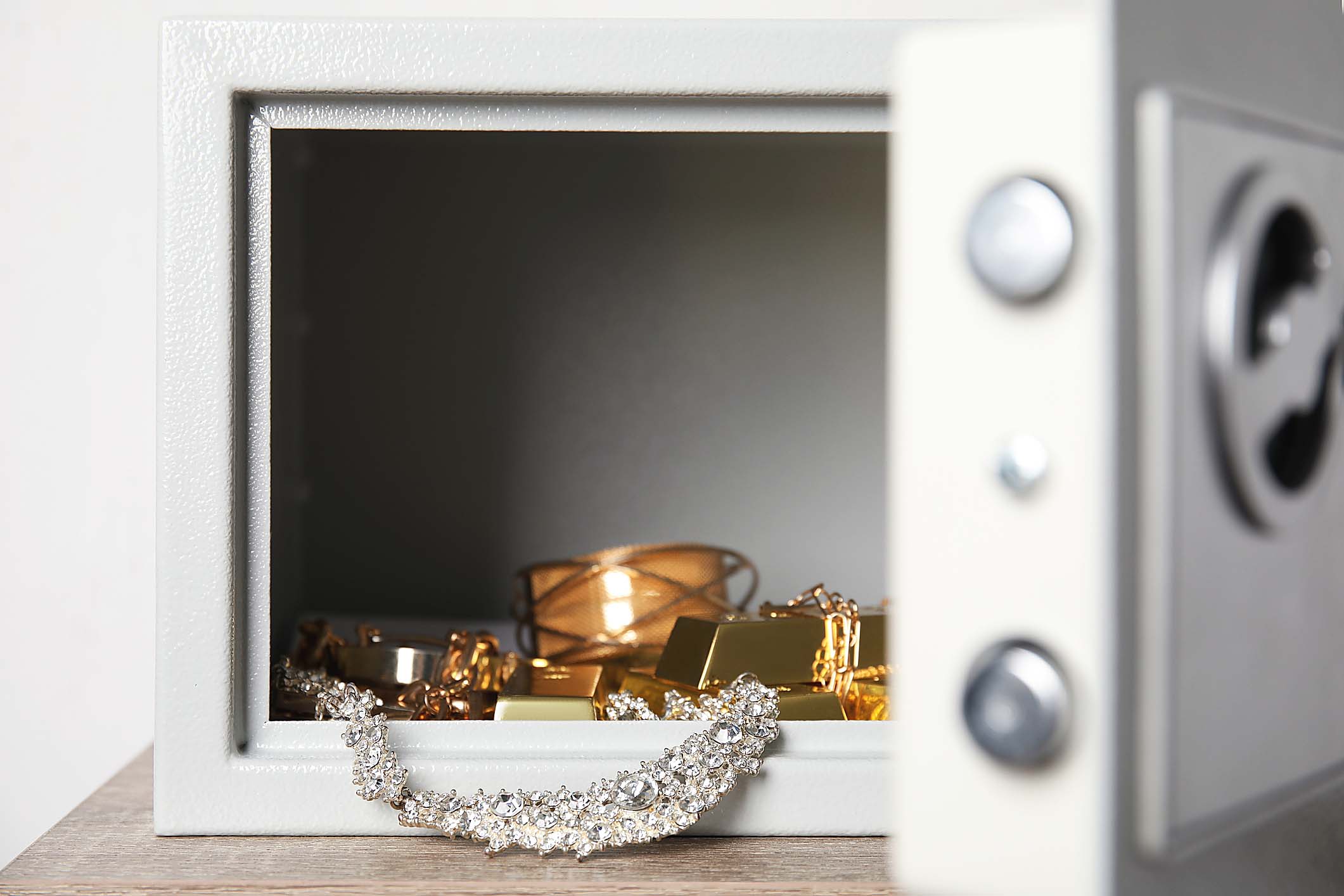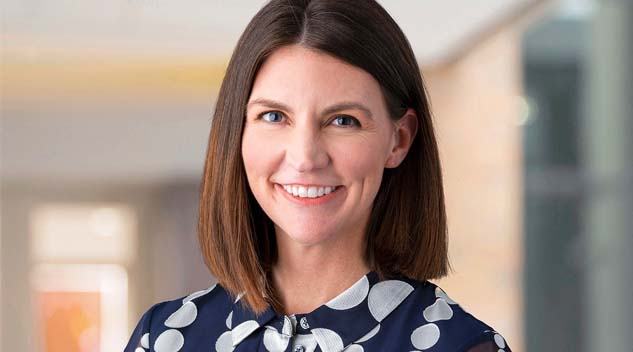#Laura #Doyle #Antiques #Arts #Weekly

William Taufic photo, courtesy of Chubb.
As Antiques and The Arts Weekly received programming notices during The Winter Show, our curiosity was piqued by a private event held by Chubb, the show’s presenting sponsor and one of the world’s largest providers of property and casualty insurance. There, Chubb’s senior vice president and fine arts and valuable collections product manager, Laura Doyle, was available to speak to attendees about market trends and insightful risk management strategies. Since these topics seemed of interest to our readers, we asked Doyle for some of the guidance she shared at the show.
You are one Chubb’s valuable collection protection experts who primarily works with high-net-worth (HNW) individuals and you recently spoke at The Winter Show in New York City. What are some of the concerns most HNW individuals have about protecting their collections?
Most affluent individuals and families are concerned about changes in the value of their collections as the market fluctuates, the risk of damage or loss of their valuables during transit and the possibility that someone might steal their art, antiques or other collections. In fact, Chubb recently conducted a Wealth Survey of affluent collectors and found that 86 percent believe that damage to their collections during travel is their biggest concern and 77 percent are worried about theft.
Are there newer trends in asset protection that you’ve noticed in the past few years?
These days, there are a growing number of sophisticated solutions for security and environmental monitoring available to collectors. That includes multi-layered burglar alarms with sensors to protect individual works of art or jewelry safes, climate control sensors to notify individuals if the temperature or humidity in a home exceeds a preset range (which can impact the stability of fine and decorative art) and water flow alarms to protect against potential leaks or burst pipes.
How can individuals — both HNW and others — best protect their valuable assets at home? While traveling?
Protecting valuable assets really starts from the point of acquisition. According to Chubb data, the majority of art losses occur when items are in transit. It’s important that following a purchase, collectors use a professional art handler to ship and install those pieces. Also, consideration should be given about the best location within your home from a preservation standpoint. For example, photographs and works on paper can be highly sensitive to UV exposure, so they should not be installed in a location with a lot of sunlight. Fireplaces can also cause gradual damage to artwork due to smoke and temperature fluctuations, or a sudden loss from a soot backup occurs, so collectors will want to think twice before installing artwork over an actively used fireplace.
Jewelry collectors should protect their collections with a high security safe and comprehensive security system, including motion sensors, contacts on perimeter doors and windows and glass-break sensors. If they’re traveling with their jewelry, collectors should avoid packing valuable pieces in checked luggage because it’s easier for those valuables to be lost or stolen. Instead, items should be packed in nondescript boxes, with all settings and prongs checked to protect against stones coming loose, and kept in a carry-on bag, making sure never to leave those bags unattended.

iStock photo, courtesy of Chubb.
Art fraud is a topic many readers may not be cognizant of. Can you define this topic and what collectors should be on their guard against?
Art fraud is a broad term that can refer to several types of risk, from unscrupulous dealers and advisors defrauding purchasers, to forgeries or the resale of stolen artwork. Chubb recently surveyed affluent individuals and found that 87 percent of them are concerned about art fraud.
How can collectors protect themselves against art fraud?
Collectors can protect themselves by doing their due diligence: cultivate relationships with experts, buy from reputable dealers, request detailed provenance information (the ownership history of the piece) and consider working with an independent advisor or provenance researcher to help verify an object’s authenticity and clear title. Collectors can also check a number of art databases to ensure that objects are not flagged as previously stolen.
You also advise people starting to form collections. What are some key pieces of advice you give to beginning collectors?
Buying art, jewelry and collectibles is a highly personal process. So, beginning collectors should do their research, regularly visit galleries and museums, and buy what they love versus what they think might appreciate in value over time. Also, they shouldn’t be afraid to mix styles and genres. At The Winter Show, we saw excellent examples of pairing incredible antiques with contemporary art and design.
Are there topics aside from those I’ve mentioned here that were of concern to people at The Winter Show?
As the art market is dynamic, and values change over time, collectors regularly ask our team how often their collections should be appraised. For most items, every three to five years is an adequate timeframe. However, some market segments, like postwar and contemporary art, can appreciate more quickly and collectors might consider a one-to-three-year timeframe depending on the artist. And of course, there are market segments that are flat and don’t require appraisals as frequently. Collectors can consult with an independent appraiser, or their insurance carrier, for recommendations on what items might benefit from an appraisal.
Blockchain and cryptocurrency are new issues some collectors are getting into. Can Chubb insure these kinds of assets?
Valuable articles coverage is designed to protect against direct physical loss or damage to items. NFTs and other digital assets are intangible and would not be covered under a valuable articles policy for this type of risk. I do, however, think the use of blockchain to track art provenance and certificates of authenticity will become more commonplace in the future and can aid collectors as they look to collect and insure tangible assets.
Are there other issues that may become of concern to collectors in the future?
With the proliferation of online auctions and luxury resale platforms, collectors have become more accustomed to spending large sums without seeing items in person. These types of transactions can come with additional risks. Collectors should ensure that sellers are reputable, verify the condition of items by requesting detailed images, condition reports and possibly an independent condition check, and also confirm how items will be packed and shipped to protect against loss.
—Madelia Hickman Ring




